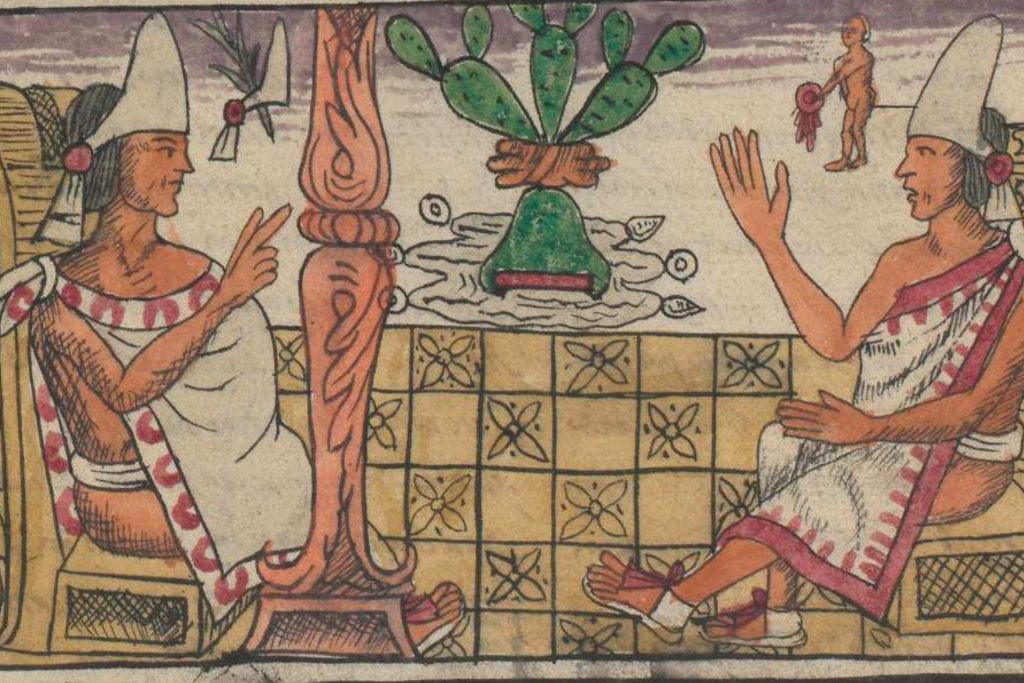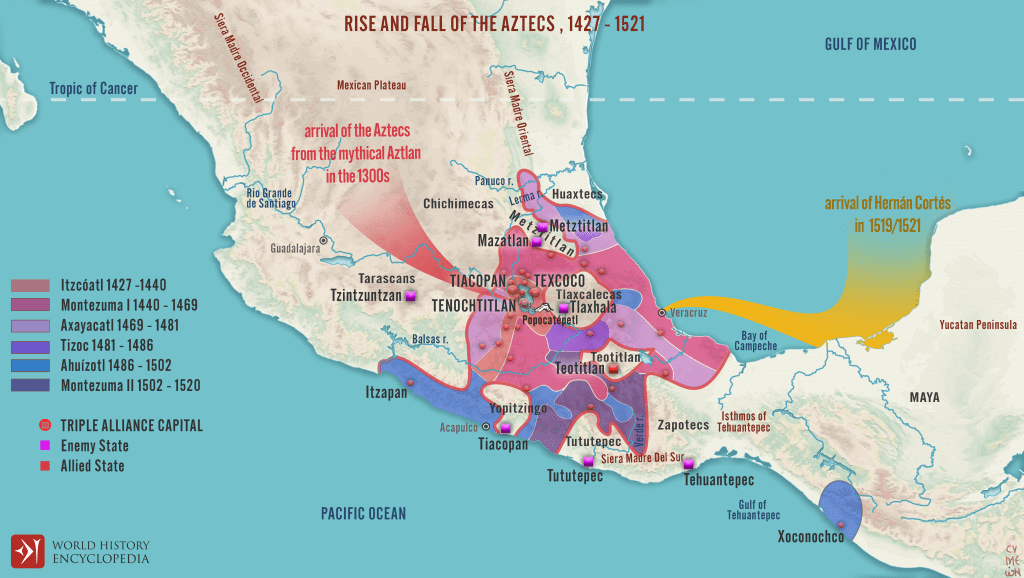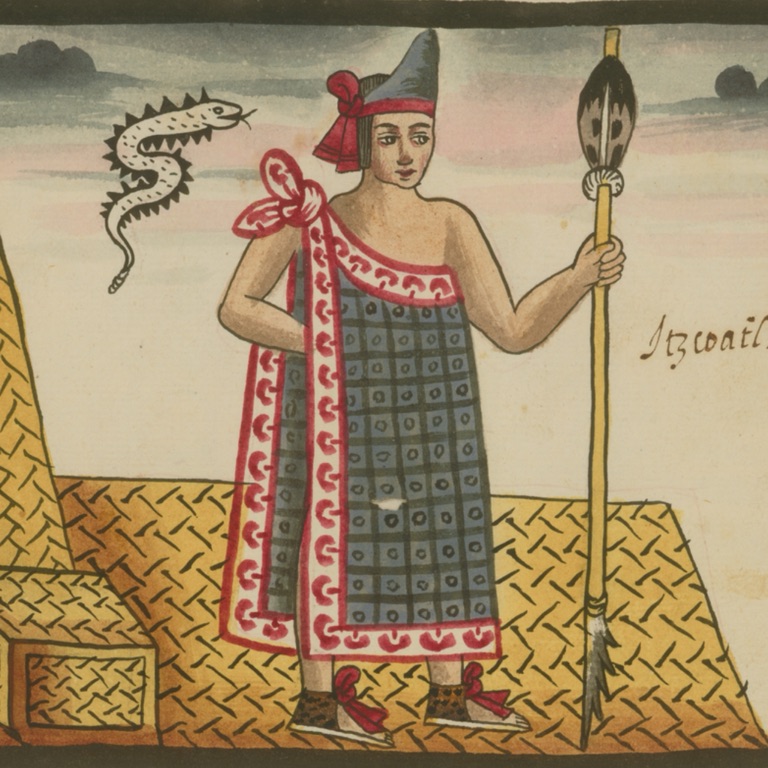Introduction
The Aztec Empire was powerful and advanced in pre-Columbian America, known for its strength and innovation. Their story is one of rapid rise to dominance and an equally swift downfall. The Aztecs captivated the world with their complex society, impressive city-planning, and controversial rituals. We still find their accomplishments fascinating and the negative aspects of their culture that caused their downfall.
Get your dose of History via Email
Adapting to Their Environment

The Aztecs, originally the Mexica people, built Tenochtitlán on an island in Lake Texcoco and were highly adaptable. They overcame environmental challenges by creating floating gardens known as chinampas, which increased agricultural productivity. In architecture, they built causeways and aqueducts that transformed their capital into a thriving metropolis. These new ideas helped them support more people and demonstrate their skill at using nature for the empire’s advantage.
Renowned Achievements of the Aztec Empire
Aztec ingenuity was evident in their artistry and infrastructure. They crafted intricate sculptures and jewelry with materials like gold, jade, and turquoise that still impress us today.
Their warfare tactics were crucial; they helped them grow and gain riches from conquered areas. Their economy was advanced with bustling markets trading goods from across Mesoamerica. These achievements are a testament to the Aztec’s sophisticated society.
Human Sacrifices in Aztec Society
Human sacrifices were a central part of Aztec religious practices. They believed these offerings were crucial to appease the gods and ensure cosmic balance. The numbers shocked us; people sacrificed thousands annually at various temples across the empire. Methods ranged from heart extraction to decapitation, reflecting deeply held spiritual beliefs despite appearing brutal by modern standards.
The Fall of the Aztec Empire
The fall of this mighty empire began around 1519 when Spanish conquistadors arrived in Mesoamerica. Sickness, battles, and alliances between Spaniards and native people destroyed Tenochtitlán in Mexico within two years. The empire fell quickly because of both outside attacks and internal problems with its political system.

Conclusion
When considering the Aztecs, we observe two aspects. On one hand, they had remarkable accomplishments in architecture, agriculture, art, and military tactics. On the other hand, they also engaged in gruesome rituals involving human sacrifices.
People are still fascinated by the legacy of this ancient civilization, even though it ended 500 years ago. We want to understand its greatness and why it eventually fell.
For further reading and to validate the information presented in this article, the following sources are recommended:

